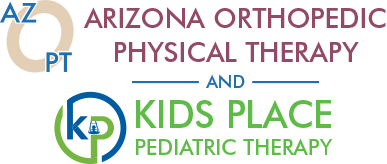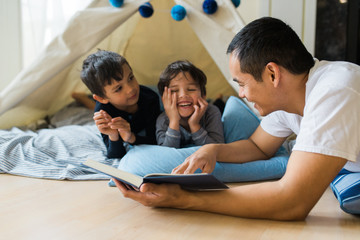The Power of Reading: Supporting Language Development in Children
Reading to your child is one of the most impactful ways to support their language development, no matter their age. Beyond fostering a love for books, it provides opportunities to expose your child to new vocabulary and creates a special bonding experience between you and your little one.
When reading a story, you’ll encounter moments to model essential language concepts such as:
- Nouns: People, places, things, or ideas (e.g., car, tree, joy).
- Verbs: Action words like jump, run, make, push, and find.
- Adjectives: Descriptive words such as hot, cold, little, big, soft, and loud.
- Spatial terms: In, on, under, behind, etc.
- Emotions: Happy, sad, angry, excited, embarrassed, etc.
The Word Gap: Why Reading Matters
A study led by Jessica Logan at Ohio State University found a staggering difference in word exposure between children who are read to daily and those who aren’t. By age five, children who are read to every day hear nearly 300,000 words, compared to just 4,662 words for children who are never read to. That’s a 295,000-word gap—a significant difference that can shape language skills and later academic success.
“My Child Won’t Sit Still!”
It’s common for parents to worry if their child seems uninterested in traditional reading sessions. They may turn pages too soon or show more interest in pictures than words. Don’t stress—it’s the interaction that matters! Focus on engaging with them:
-
- Talk About Pictures: Point to images and enthusiastically describe them. For example, “Wow, the bear has an umbrella!” or “Look, that girl is sliding down the slide!”
- Follow Their Lead: If your child points to a picture, respond to their interest. They might say “dog,” and you can expand: “That dog looks so fluffy!” or “The dog is walking to the park.”
- Physically engage with the book: knock on closed doors, tickle the babies feet, pretend to pet the animals, etc.
Modeling Language for Older Children
Older children often use longer sentences, offering opportunities to gently model proper grammar and sentence structure. For instance:
- If your child points to a boy and says, “Look! SHE is swimming in the pool,” you can affirm and correct by saying, “Yes, HE is swimming in the pool.”
- If they say, “He goed to the park,” you can respond with, “Yes! He WENT to the park,” or “He is GOING to the park.”
Ask WH- Questions About What You’re Reading!
- For younger children, you can ask them questions about individual pages; “Who is swimming?”, “Where is the cat?”, “What is that boy doing?”, etc.
- For more advanced listeners, wait until the end of the book then ask them questions. For example:
- Who went to the beach?
- Where did the girls go to play?
- When did the boy find his bear?
- Why was the child sad?
- What did the family have for dinner?
- PRO TIP: If your child is struggling to find the words to answer your questions, instead of immediately providing the answer, give them choices!
- Did the dog or the girl go to the beach?
- Did they go to the park or to school?
- Did the boy find his bear when he cleaned his room or when he went to Grandma’s?
What Books Should I Read to My Child?
Below are links to suggestions for all ages! Check them out at your local library, purchase them online, or in a bookstore.
The Takeaway
Whether you’re reading every word, describing pictures, or following your child’s lead, the key is engagement. Reading time is less about perfection and more about connection, exploration, and language growth. So grab a book, get cozy, and enjoy the journey of learning together!







